Leading the Product Sydney 2024 - Takeaways
Hey I’m Ant and welcome to my newsletter where you will find actionable posts on topics related to product, business and leadership.
You might have missed these recent posts::
- 3 Product Vision Formats That Aren’t Boring!
- Building Effecive Product Roadmaps
- Break Outcomes Down, Not Initiatives
My day job is helping companies shift to a Product Operating Model.
My evening job is helping product people master their craft with Product Pathways.
If video is more your thing, check my Youtube channel out!
Did someone say ‘boat’?
…followed by ‘party’…?
You can stop reading. My only takeaway from Leading the Product this year was the boat party!
Leading the Product Boat afterpartyOk I’m kidding.
I wrote a few more notes but the boat was pretty spectacular - what a way to celebrate Leading the Product’s 10 year anniversary!
Let’s get into my takeaways.
Retrieval > Generative
The biggest takeaway I took from Siddha Ganju, Senior Data Scientist at Nvidia, talk was the paradigm shift that we’re in today.
Credit Siddha Ganju, Leading the Product Sydney 2024Until recently, programming was retrieval-based. We input things, and it retrieves them based on its programming.
However, generative AI has shifted us into a new paradigm - generative programming.
We no longer program for predetermined outputs; instead, it’s generative. In other words, it generates a response, and we cannot fully predict what the output will be.
This is why AI is considered so disruptive.
It’s a great frame. It’s made me think more about the impact of AI because, admittedly, I haven’t been too convinced yet about all the noise.
Side note: I always like to get closer to these types of topics and learn more. Having a deeper understanding of a broad range of topics like AI will only make you a better product person - see my post on why Generalists make great product people.
Nearly Burning the House Down
and ‘En-shit-ti-fi-cation’
Credit Paul Wissam, Leading the Product Sydney 2024Where to start with Paul Wissam’s brilliant talk - top talk of the day for me!
From nearly burning the house down when he was younger… or more specifically, I should say his mum almost did by leaving the spaghetti for too long. Paul also taught us all a new word:
“En-shit-ti-fi-cation”
Yes it’s a real word, in fact it was selected as “word of the year” - don't believe me, look it up!
“En-shit-ti-fi-cation”
/noun/
the gradual degradation of an online platform or service's functionality, as part of a cycle in which the platform or service first offers benefits to users to attract them, then pursues more and more profits at the expense of users.
"There's been a significant enshittification of the website in just this year alone."
Credit Paul Wissam, Leading the Product Sydney 2024My main takeaway from Paul’s talk was that we must be mindful of blindly pursuing growth and profits at all costs.
In almost any market, eventually, products mature, and we reach a sort of ‘market cap.’ Trying to push for the levels of growth that you had in the past are no longer possible.
Paul’s argument (and why the word Enshittification has come about) was that in doing so, you degrade your product or service.
Continued profits can only come at the expense of customers since the product has reached a market ceiling.
“In biological growth at all costs is called cancer. It’s the same for product.” - Paul Wissam
So, what’s the alternative?
How do we continue to grow the business if this is the case?
Diversification.
Rather than trying to squeeze every ounce of life out of one product line, diversify as a business, and expand into adjacent markets—see Adjacent Growth Strategy, for example.
Lizard Brain and Agency
Credit Sean Flaherty, Leading the Product Sydney 2024Can you hold people accountable and have innovation?
Sean Flaherty doesn’t believe so.
Sean explored the causes of friction in organizations.
Often driven by the more primitive parts of our brains - fight, flight or freeze - or as Sean frames it:
Fight
Flight
Freeze
Facade
Credit Sean Flaherty, Leading the Product Sydney 2024Sean believes ‘Facade’ is the most dangerous of the 4.
Rather than freezing (doing nothing), fighting (arguing), or flight (avoiding), facade is when you give false engagement and inauthentic action, all whilst behind the scenes, likely sabotaging as you don’t want it to succeed.
You can hopefully see why this can be worse than having the argument or avoiding it.
I, for one, would always take disagreement over false support.
At least we know we’re not aligned, and we can talk about it!
Why did Sean share all this?
Because when we’re in our ‘lizard brain’ response, we’re focused on survival rather than problem-solving.
In other words, we’re on the left of the slide below, rather than the right.
Credit Sean Flaherty, Leading the Product Sydney 2024I love this model, and I drew a lot of parallels to the Responsibility Process by Christopher N. Avery.
The left (or, as Avery would say, “below the line”) behaviors are both natural; however, they are not constructive to solving the situation. They often adopt a victim mentality, where we feel powerless and victims of the situation and act in a ‘value-destructive’ manner.
On the other hand, the right (or “above the line”) is where we are willing to take responsibility and action in the situation. Rather than feeling powerless, we believe we have influence over the situation—even if that is limited.
We focus on problem-solving and are action-oriented.
Given the theme of the conference was ‘Disruption’, when disruption happens, we can either sit on the left and be a victim of change, or we can try to shift ourselves to the right.
There were some great stories from Navya Rehani Gupta in the following talk, like her time at Uber, where they did exactly this and more recently at Peak during covid.
This is why Sean Flaherty boldly states that;
“You can’t hold people accountable AND have creativity”
But wait, Ant, how can you have a company where there’s no accountability?
What’s the alternative?
Wouldn’t that be chaos?
As Sean shared, he does not mean zero accountability.
Instead, he’s advocating for an environment where people hold themselves accountable.
I like to frame this difference as the difference between accountability and responsibility (which is also how people like Christopher Avery and many others do too).
You want to create an environment of ownership - where people take responsibility rather than needing to hold them to account.
Because blaming someone or holding them accountable for the outcome can activiate the ‘lizard brain’, and we move into a fight, flight, freeze, or facade mode.
I’m sure you’ve seen this before where people are far more concerned with covering their own ass than do what’s best for the company and customers.
Therefore, regardless of who's fault, taking ownership and working together to solve the problem is where creativity and innovation happen.
Want to dive deeper into this topic?
Sean recommends reading the book: ‘Why We Do What We Do: understanding motivation’
'Chief Clarity Officers'
Credit: Navya Rehani Gupta Leading the Product Sydney 2024Did you know that Jawbone created not 1, not 2, but 3 new product categories?
Bluetooth headsets
Portable speakers
Fitness trackers
I didn’t!
Jawbone was valued north of $4 billion but entered liquidation in 2017.
This was the story that Navya Rehani Gupta opened with.
Why and what went wrong?
While great at creating new products, Jawbone ultimately struggled to manage the disruption from competitors and act on customer feedback.
Fighting fires from legal battles and unhappy customers, Jawbone was burning cash, and ultimately, that was their downfall.
This is why operational excellence and being able to serve your current customers effectively should always be the top priority for a company.
Because wireless speakers aren’t going to help solve your Bluetooth headset problems.
If you’re stretched too thin, you must make the hard decision to close down product lines and refocus the organization—like Xero did by exiting the deal with Aussie startup Waddle and Airbnb did by putting experiences on pause.
Credit: Navya Rehani Gupta Leading the Product Sydney 2024This is why Navya believes that being able to ‘Zoom in’ and ‘Zoom out’ as a product manager is so important.
You must be mindful not to have tunnel vision and zoom out. Equally, there are times when we must zoom in and get narrow.
Navya also emphasized the importance of product leaders being intentional about the culture and way of working they want to create.
She advocated for creating your own playbook.
As Navya said, Product Leaders are 'Chief Clarity Officers'.
This includes not just clarifying the WHAT but also the HOW.
Like how at Peak they created a remote manifesto called CAKE.
Credit: Navya Rehani Gupta Leading the Product Sydney 2024If you've ever had a meeting that should have been an email, you could benefit from clarifying how to communicate!
And who doesn't like cake, right!?
Lastly, there was a great question in the Q&A that’s worth noting.
Credit: Navya Rehani Gupta talk Leading the Product Sydney 2024Someone asked about the challenge of trying to quantify everything leading to micro-optimization.
Navya Rehani Gupta agreed and shared how at Peak, they do a ‘gut check’ every quarter.
Any work that they cannot quantify but think is important will be subject to a' gut check’, which involves checking in with customers to see if the feature is resonating and adding value every quarter.
I love this idea and the question too.
In product, we sometimes overemphasize numbers and quantify everything.
This can lead to missed opportunities, particularly innovations and taking those ‘bets’ where there is high uncertainty.
I am a firm believer that there is a place in product and business for conviction and ‘rolling the dice’ (although if you had asked me several years ago, I wouldn’t have agreed - see more on this topic in lesson 11 in my video on lessons from Rory Sutherland below).
The Barrier is Us
Scott Burns, Senior Product Manager and good friend took the stage to share his lessons on using AI at the ABC (being the Australian Broadcasting Corporation).
Credit: Scott Burns Leading the Product Sydney 2024Scott’s talk was a great reminder that change is inevitable.
But that doesn’t make it any easier.
We often resist change - it’s human nature.
Change means uncertainty, and uncertainty creates anxiety.
Be mindful that we’re not the ones holding our product or company back when it comes to change.
Credit: Scott Burns Leading the Product Sydney 2024As Peter Ducker would say:
“One cannot manage change. One can only be ahead of it.”
Or as the Eric Shinseki quote that Scott shared goes: “if you don’t like change, you’re going to like irrelevance even less.”
Credit: Scott Burns Leading the Product Sydney 2024Without embracing change, we can easily fall into irrelevance.
For the ABC, being a broadcast and nearly 100 years old, they know too well the possibility of falling into irrelevance with the rise of social media, independent news and online streaming like Netflix.
Predicting Disruption
Credit: Octavia Maddox Leading the Product Sydney 2024The last talk of the day was Octavia Maddox, CPO of Kmart (FYI Kmart is very different here to the USA)
Octavia gave us a much-needed reminder that the market is shaped by psychology.
(and some banger slides! 🚀)
Behaviors will change based on perception—for example, high inflation right now will lead people to behave very differently—and these are the changes in behavior that we need to pay attention to.
Credit: Octavia Maddox Leading the Product Sydney 2024Don’t limit your market analysis to competitors, market sizing, and segmentation.
Focus on the dynamics, economic factors, and shifts in user behaviors.
To assist with this, map out the first, second, and even third-order effects.
Credit: Octavia Maddox, The Futures Wheel Example, Leading the Product Sydney 2024She shared the ‘Futures Wheel’—a tool for mapping out these effects.
For example, ‘Inflation rising’ would have the first order effects of:
increases in interest rates
increase in the cost of living
decrease in consumer purchasing power
decrease in investments
increase in expensive capital
increase savings return
The second-order effects are then the outer rim.
E.g.
Slower growth
increase mortgage costs
decrease in savings
increase in wage pressure
increase business costs
decrease in spending
etc…
The order of effects can then be mapped to customer’s unmet needs.
Credit: Octavia Maddox Leading the Product Sydney 2024For example, a rise in inflation and interest rates means that ‘Jefro,’ a single dad, is now looking for ways to stretch his money further.
Boat and wrap
Some of you might note that I missed two talks from the day:
the opening keynote from Spenser Skates, CEO and Founder of Amplitude, and
Joe Harris, Chief Commercial Officer of Eucalyptus.
Unfortunately, I missed most of these talks as I was networking, but I plan to watch the recordings in the LTP Replay when it becomes available.
As for the boat party - that was epic!
A 2-hour cruise on Sydney harbor with drinks and a beautiful autumn evening.
It was one to remember - thanks, LTP crew, for putting it on!
Last note from me.
Because I get asked a lot whether attending these events are worth it or not.
For me, it’s hands down, yes.
But not because of what people typically think.
It has less to do with learning groundbreaking ideas from the talks.
Not like that can’t happen.
But for me, the 3 core pieces of value I get are:
Creating space and time away from the day-to-day
Much needed reminders
and networking.
Creating the space to step away from the day-to-day always gives me a new insight or idea.
For example, a few additional notes I put down from the day were:
How to identify the pivot point from single product to product portfolio - how do you know when to diversify vs innovate the product - e.g. when a product is hit it’s natural market cap and we should allow for growth to slow and maintain vs keep pushing the boundaries of what’s possible?
Enshittification calls out why it’s necessary to add ‘Ethical’ (or even ‘sustainable’) as part of the risk buckets (Desirability vs Feasibility vs Viability) - yes arguably, it sits under viable but just as usable could sit under desirable, there’s often a need to seperate - think about adding one more (DVFUE - Desirability, Feasibility, Viability, Usable, Ethical)
I also always walk away with at least one much-needed reminder.
This time was from Octavia’s talk about focusing on the second-order effects driving behavior change.
And I know I’m unique in the networking part as my business benfits from it but I also have a great time catching up with friends and old colleagues too - there’s something to be said for that.
More recently, as this newsletter grows, so too does my following on other channels. I’ve also had the privilege of meeting some of you at events like these, and that’s invaluable to me!
In a world where it’s easy to sit behind a screen and see a follower count, connecting is more important than ever to me.
So if you ever see me at an event or something, please say hi (only if you want) I love to connect. These points are fast becoming highlights for me!
True impact is speaking with a few of you on the day about how you’ve put content like the Strategy Worskshop and posts like this one into practice.
And that’s what’s important to me.
Final shoutout to Aziel for the chats on the boat and the hilarious post 😆
p.s. If you’re wondering about the stickers. They were a limited run. I tried to hand them out to anyone who said hi. Aziel was lucky to get what was left.
If you’re interested in them, let me know.
I’ll use it to gauge interest. If there’s enough, I’ll do another run :)
Need help with scaling your product or business? I can help in 4 ways:
Level up your craft with self-paced deep dive courses, FREE events and videos on YouTube, templates, and guides on Product Pathways.
1:1 Coaching/Mentoring: I help product people and founders overcome challenges through 1-hour virtual sessions.
Consulting and Advisory: I help companies drive better results by building effective product practices.
Private Workshops and Training: I run practical workshops and training courses for product teams globally.


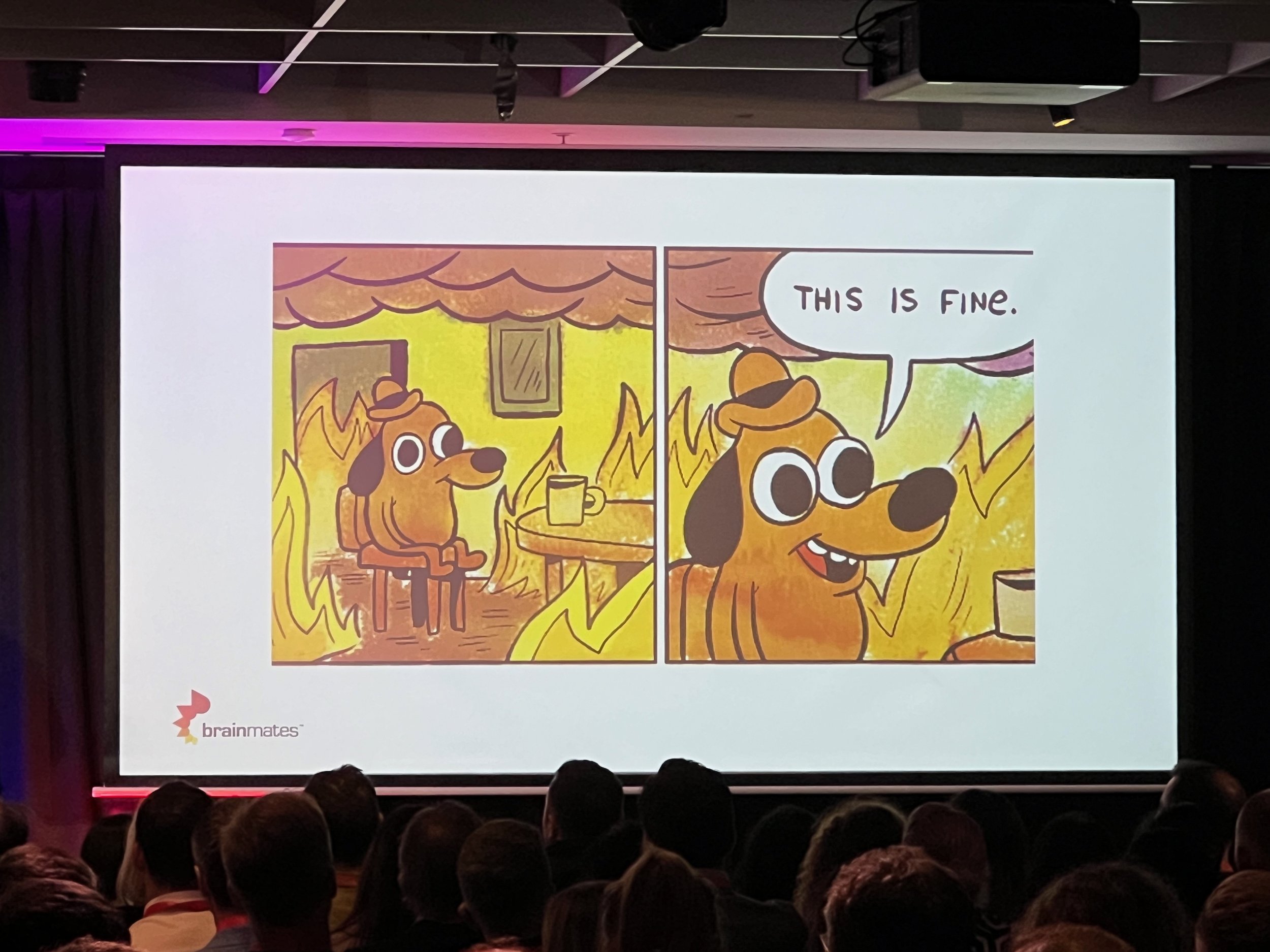


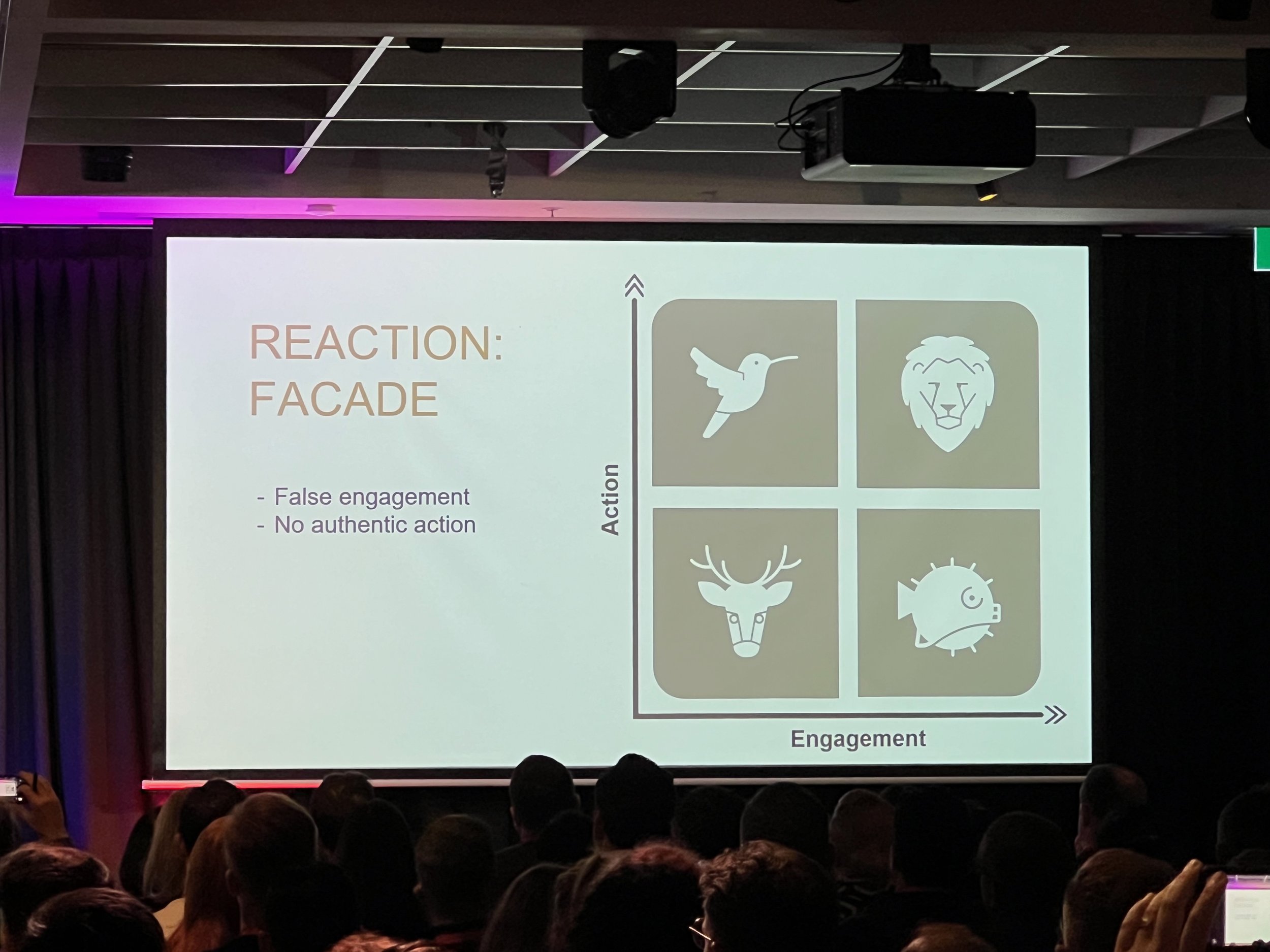


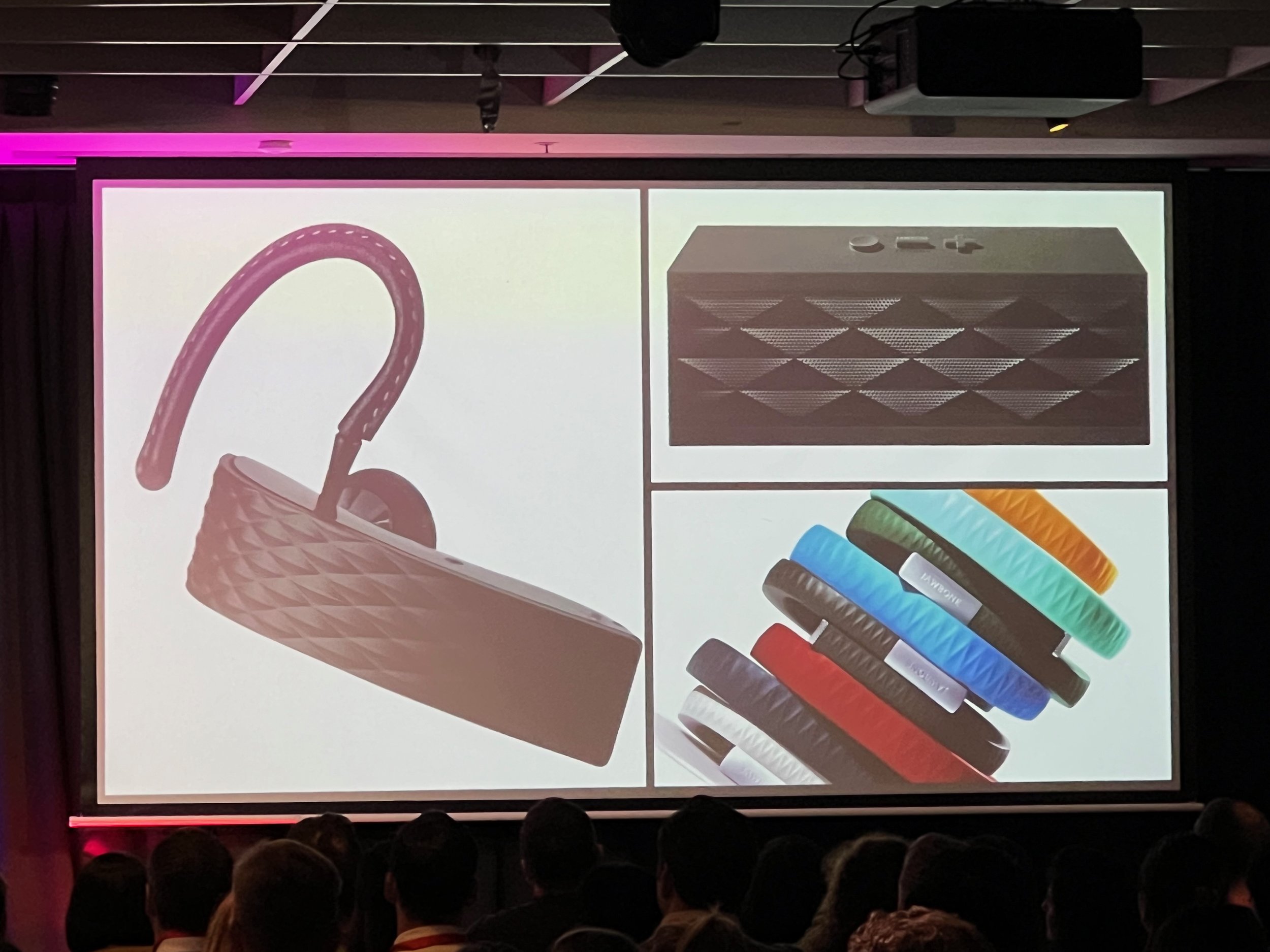
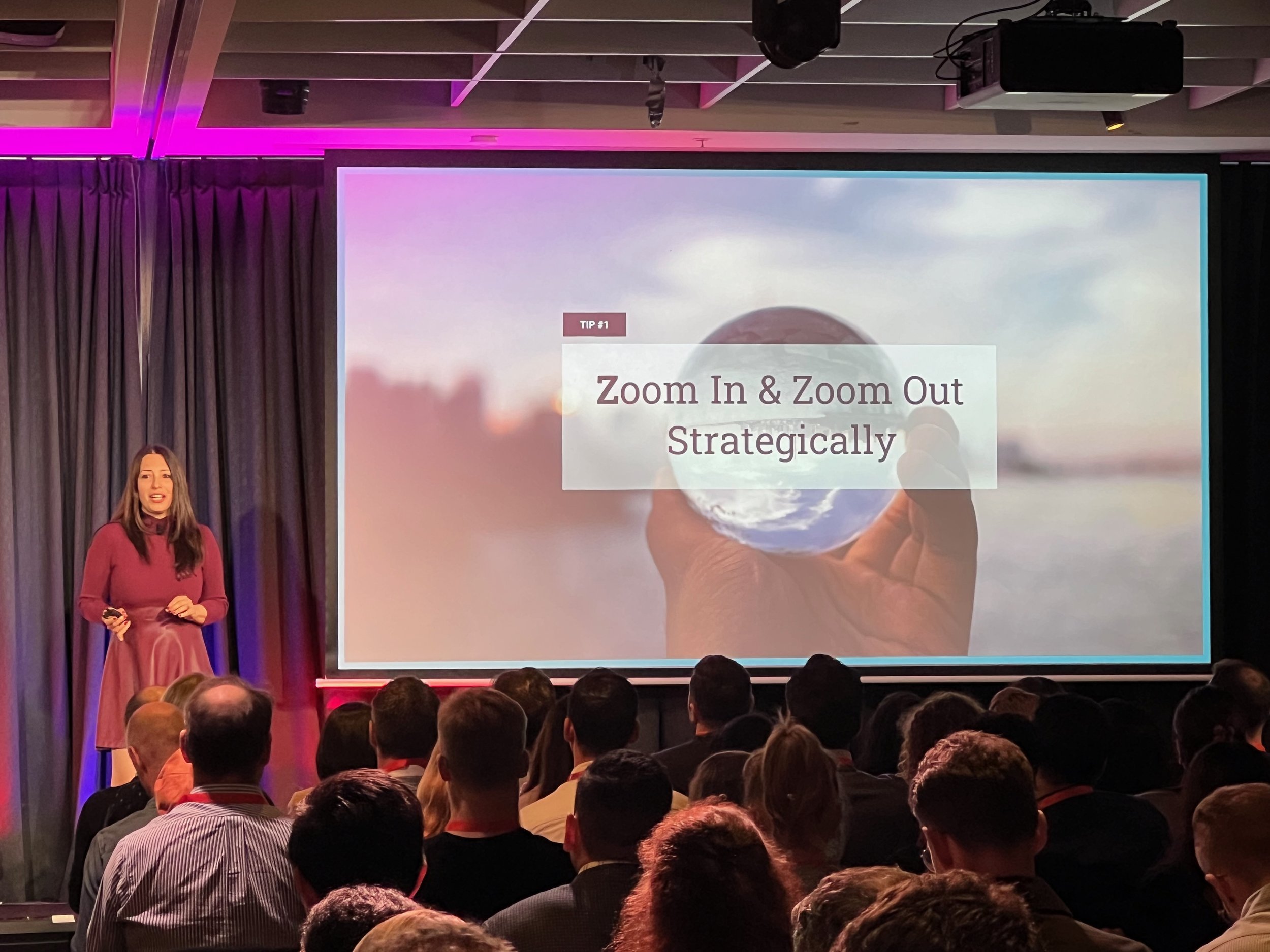
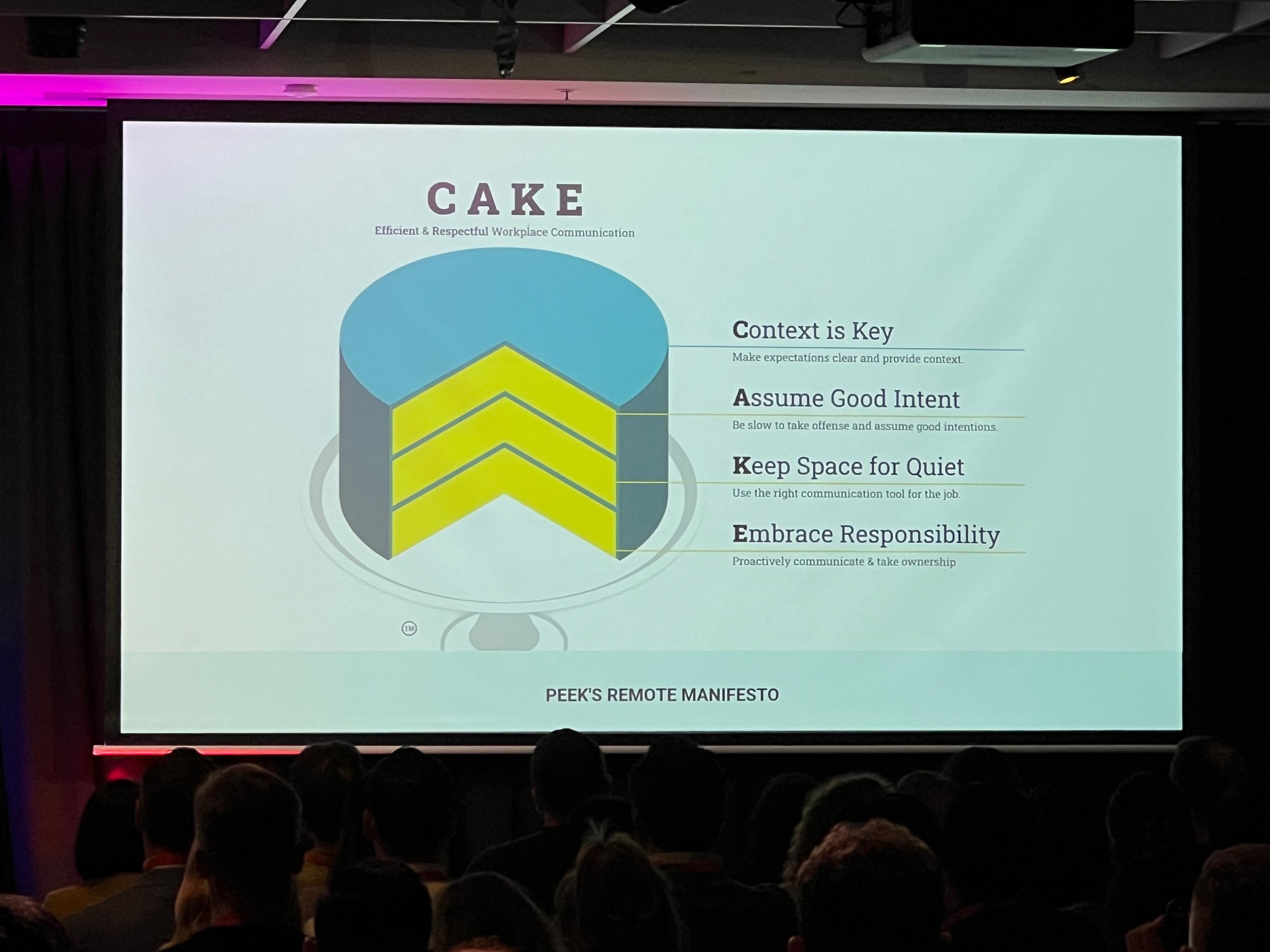

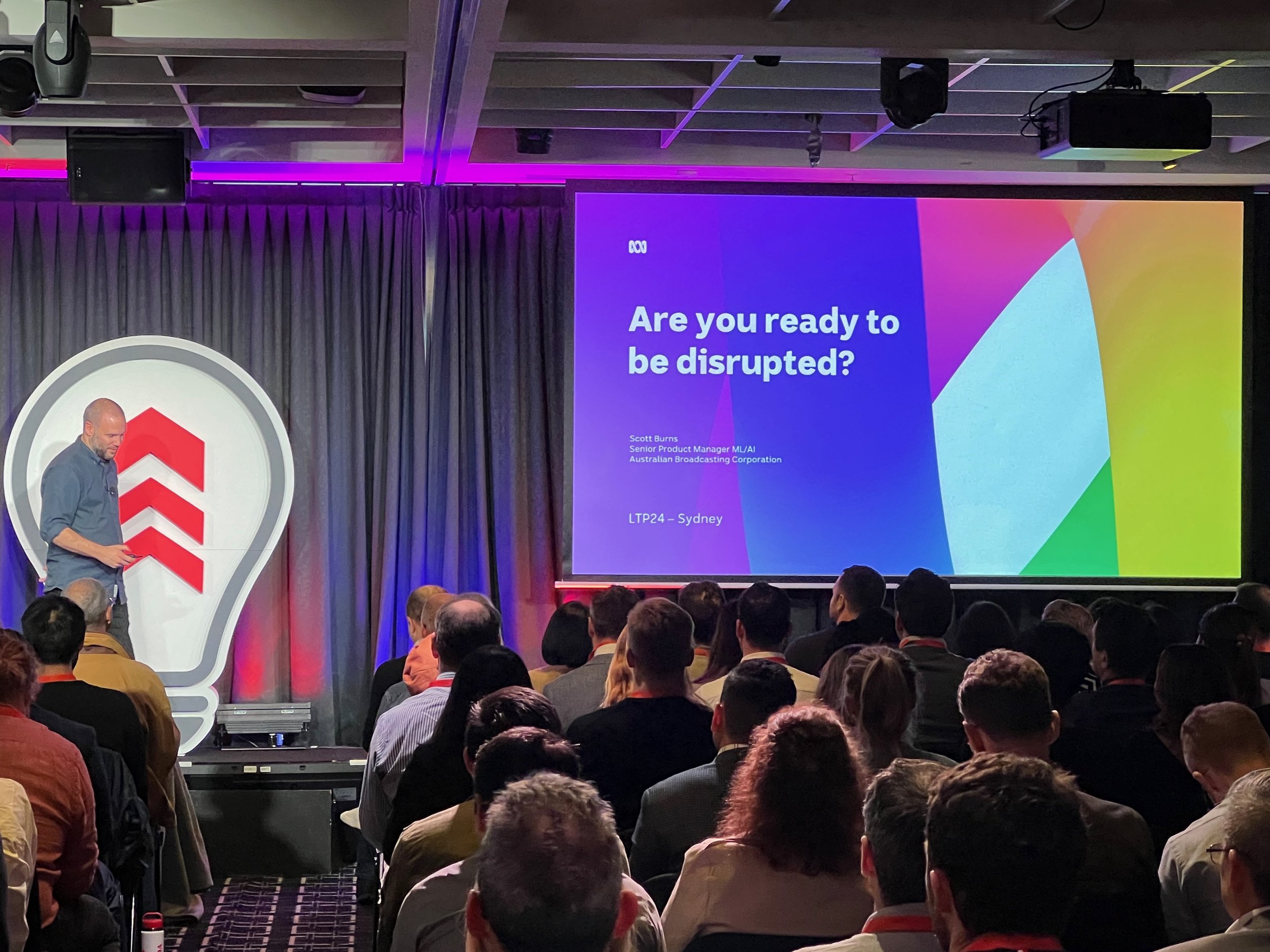
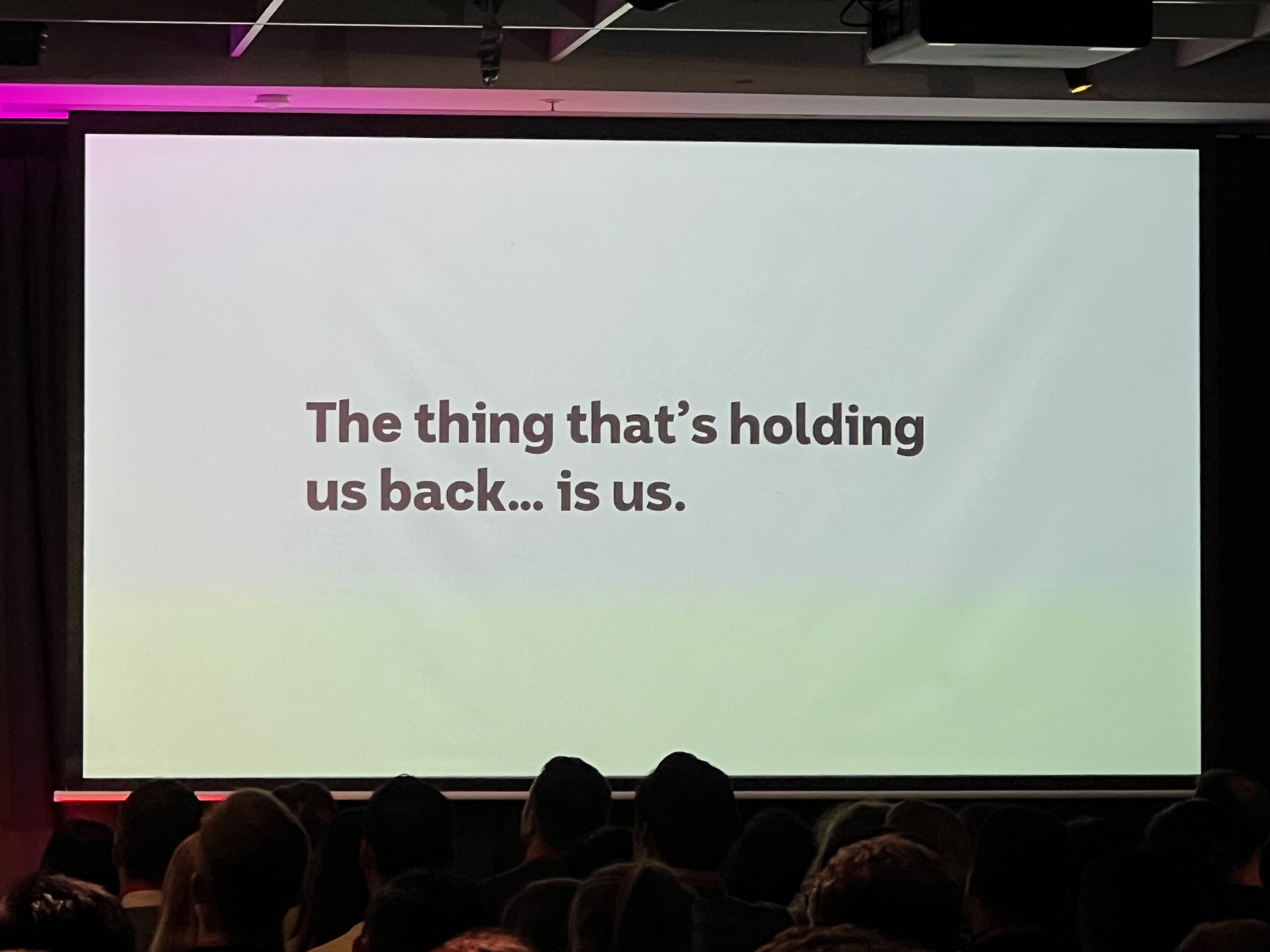

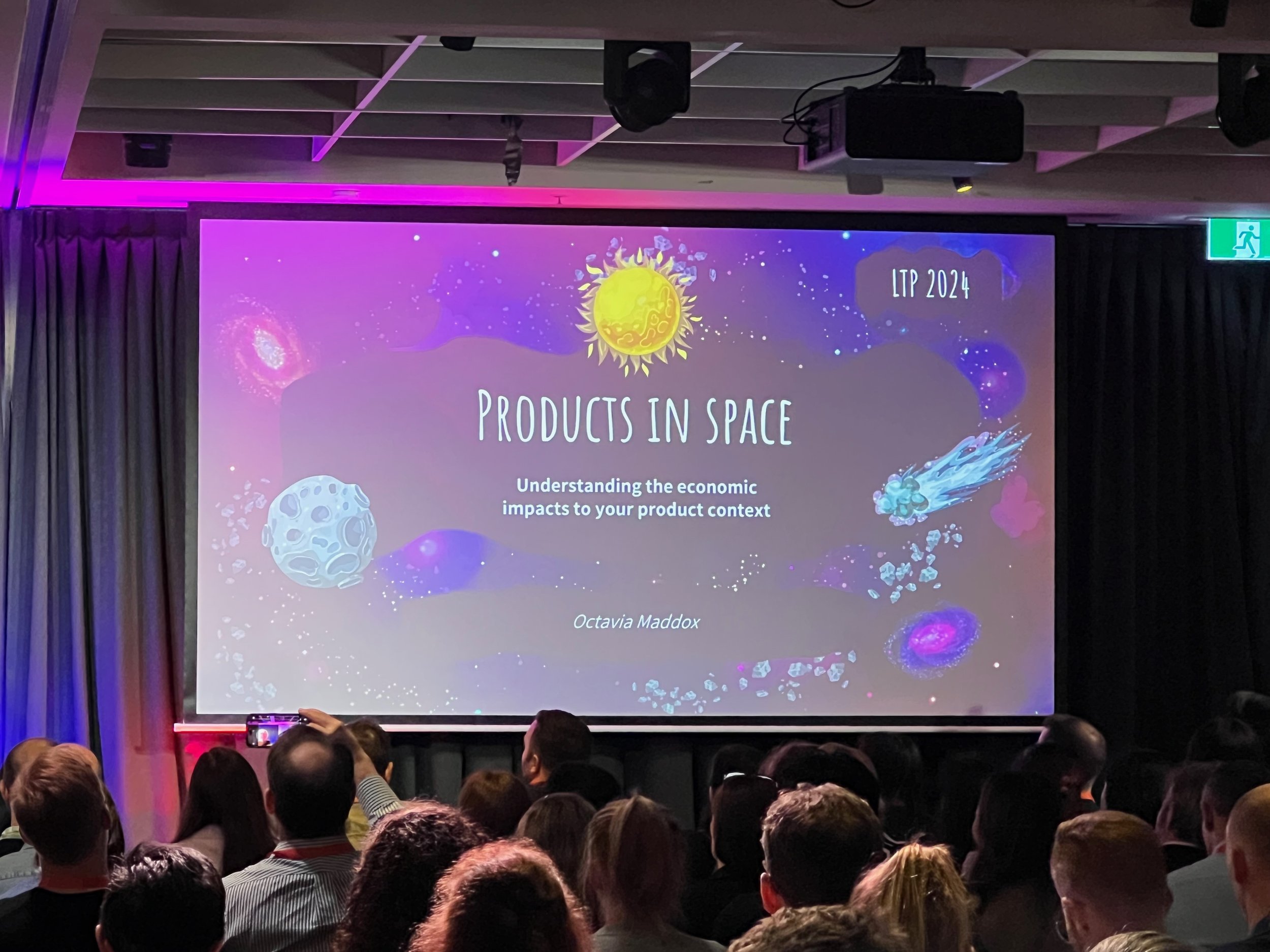
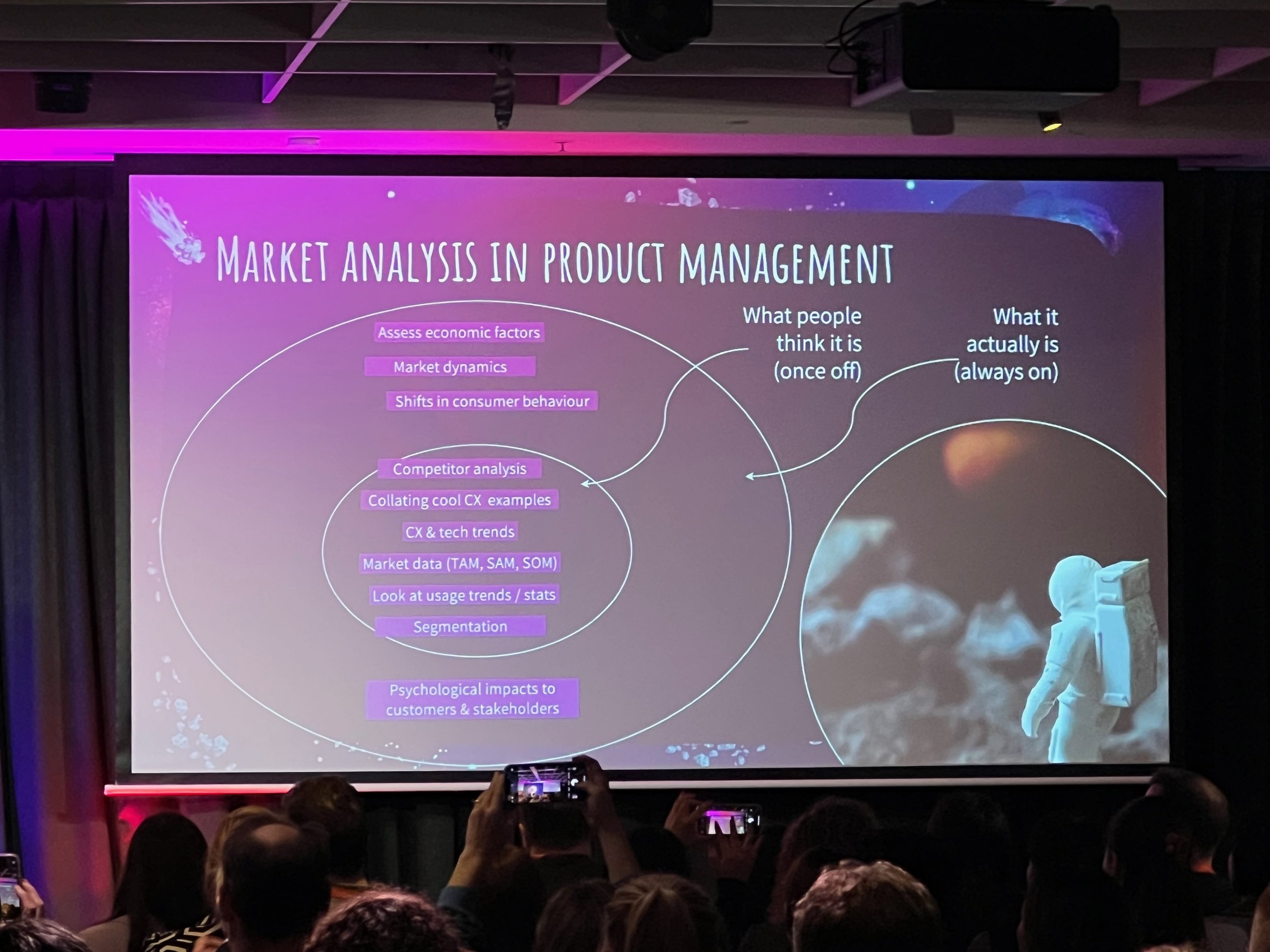

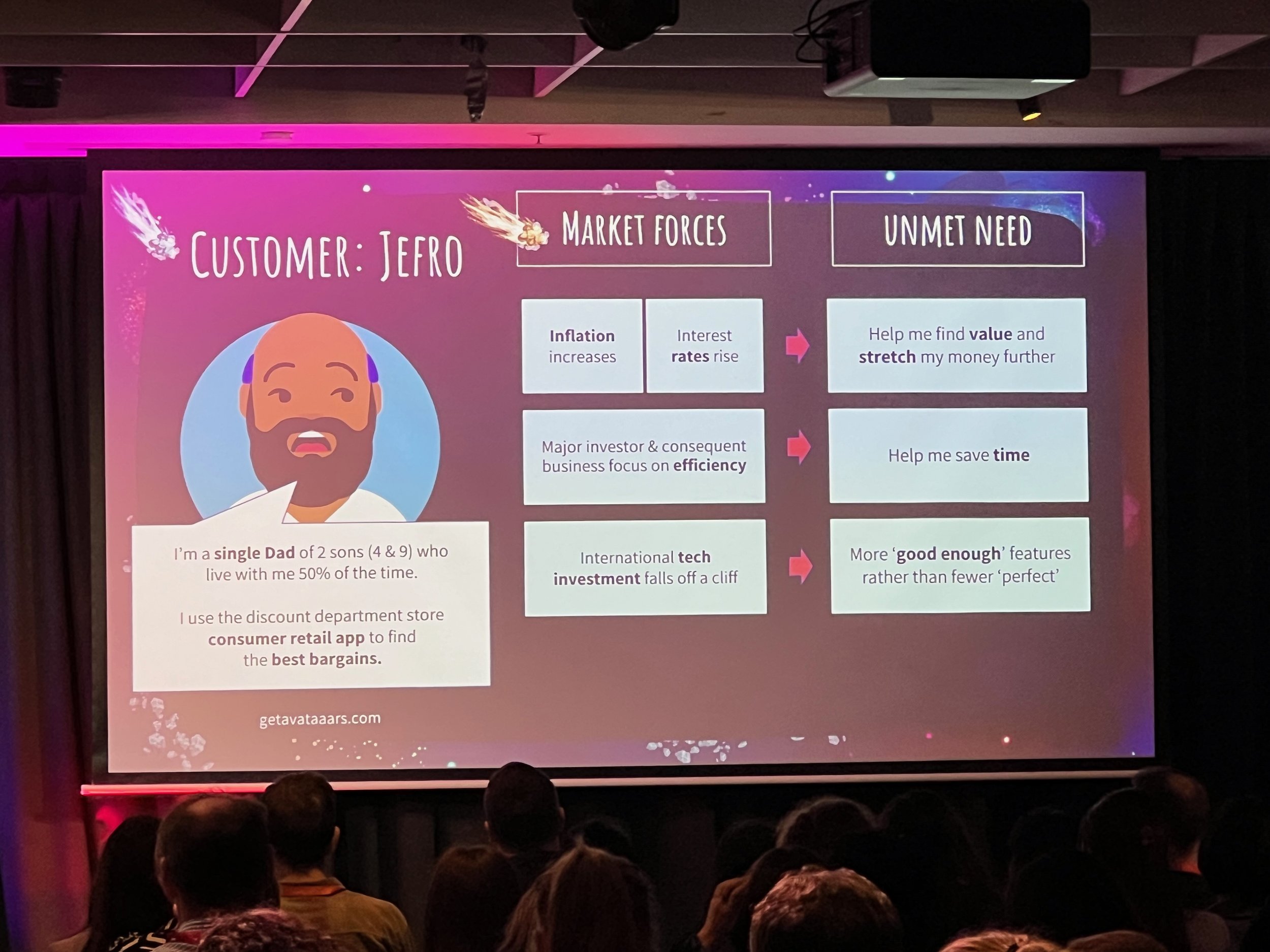







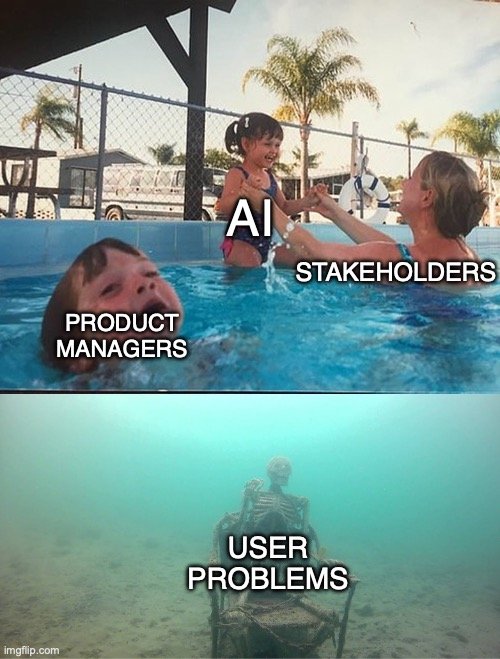




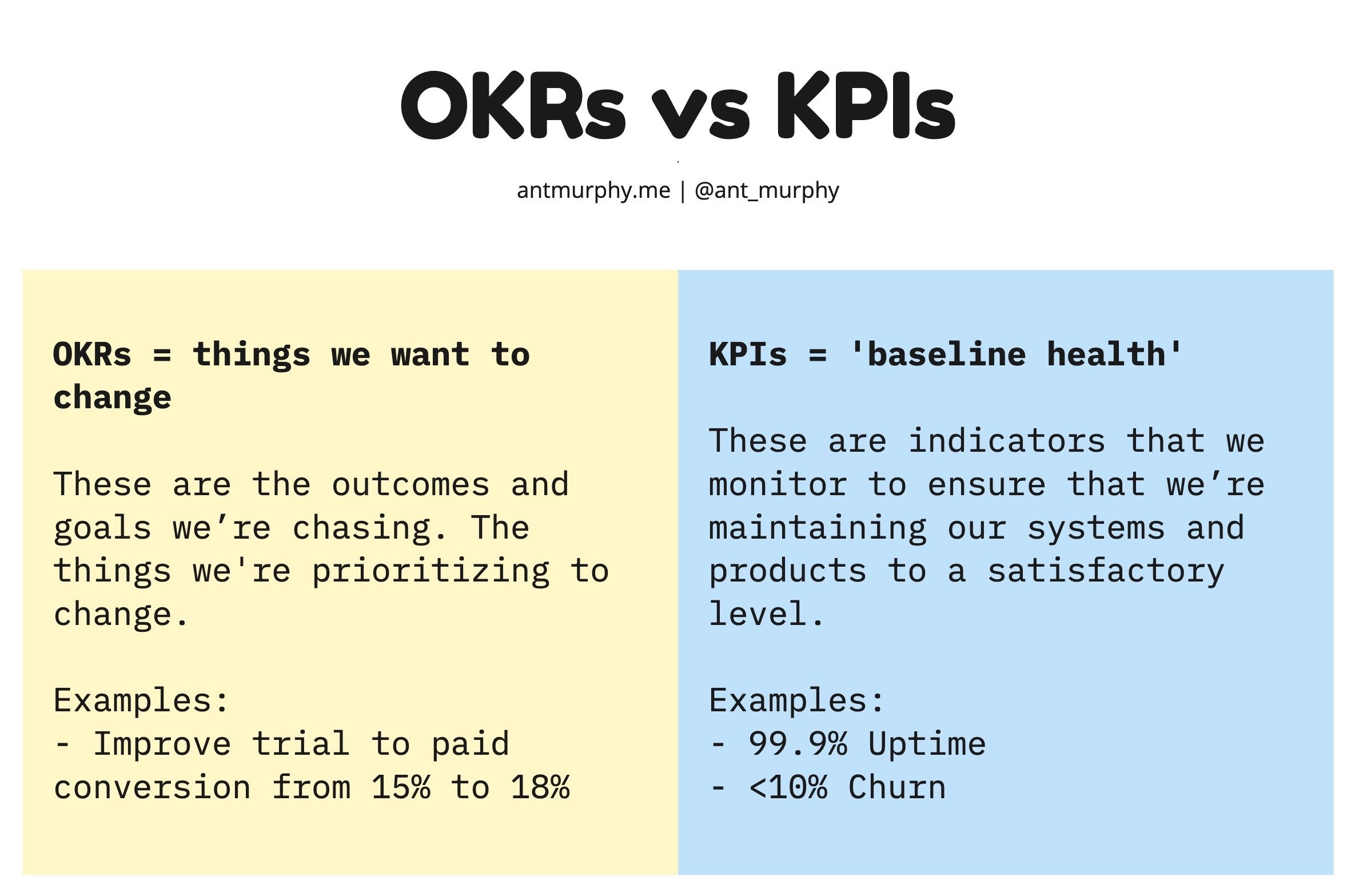

Your OKRs don’t live in a vacuum.
Yet this is exactly how I see many organizations treat their OKRs.
They jump on the bandwagon and create OKRs void of any context.
Here’s what I see all the time…